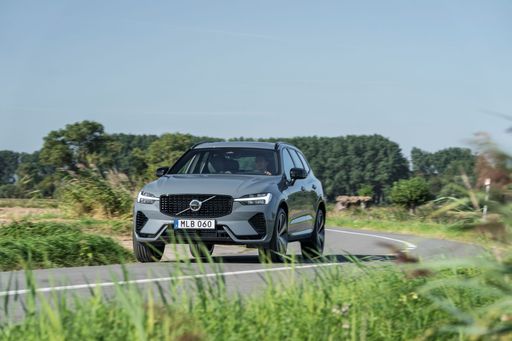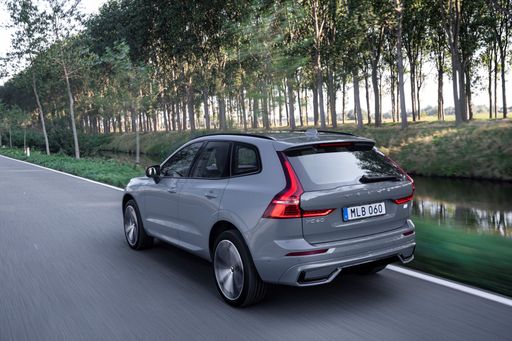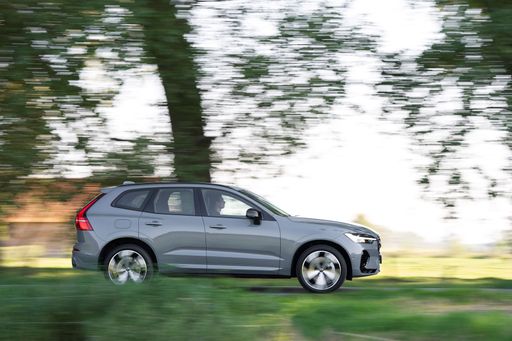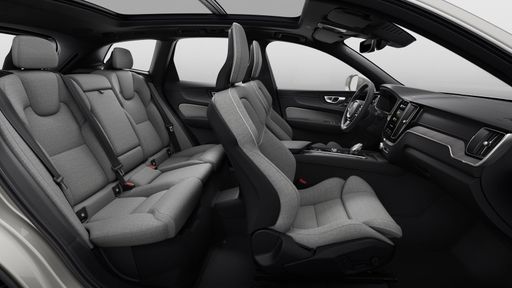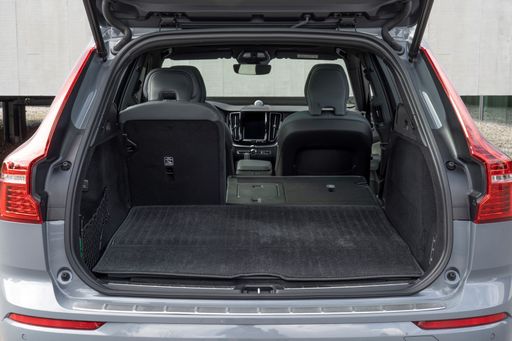Introduction: A Clash of Titans in the SUV Segment
The SUV market is a highly competitive arena where consumers are spoiled for choice. Two contenders that stand out are the Kia Sorento and the Volvo XC60. Both vehicles offer a blend of luxury, performance, and cutting-edge technology, but they cater to different tastes and preferences. In this article, we’ll delve into the technical aspects and innovations of these two SUVs to help you choose the right one for your lifestyle.




